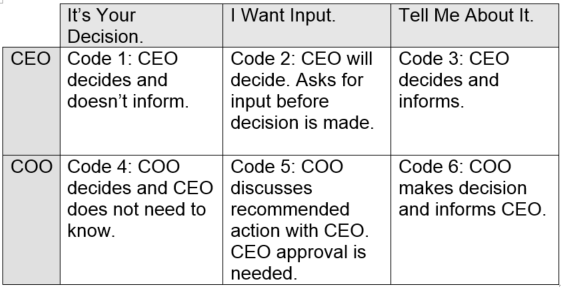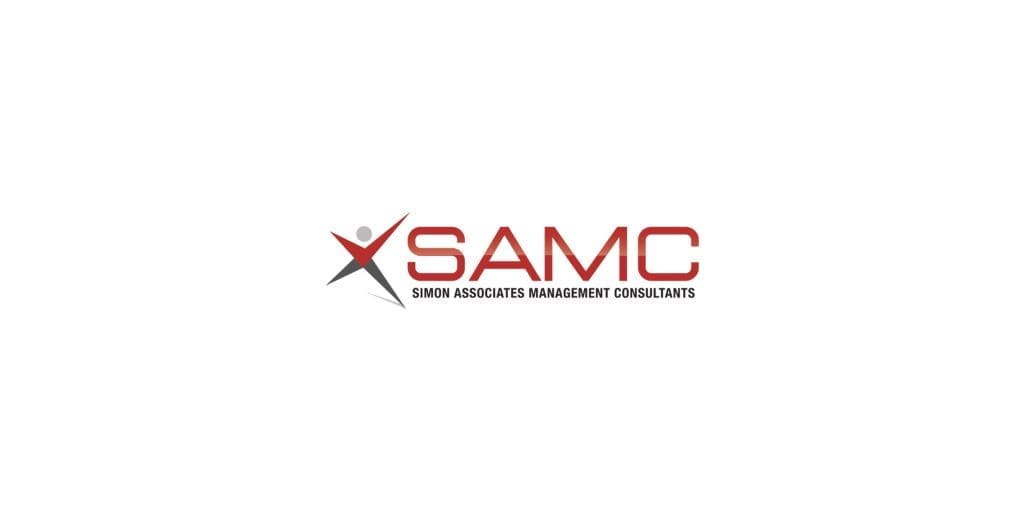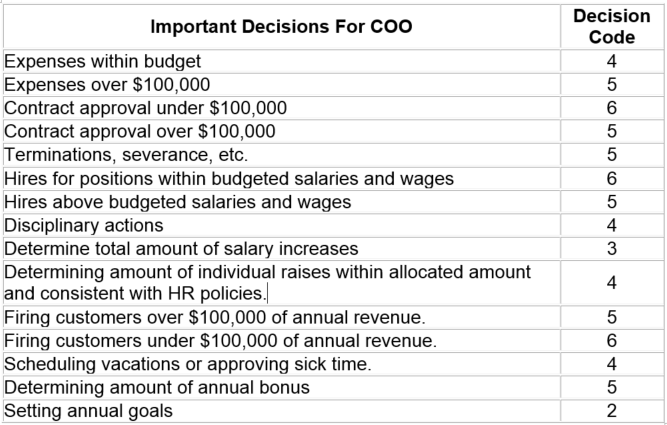Recently I have been working with several clients that need to change their organization’s culture while changing their market positioning and in some cases, while expanding globally. Some of the recurring challenges I’m seeing often follow this kind of decision to become a different type of company. In today’s business environment, companies are frequently ready to shed some of their controls, rules and top-down management. Indeed, they want to become more innovative with greater empowerment for their staff and more decentralized decision-making processes.
Clearly, it is time for more creative solutions, particularly ones from the field, as business leaders realize that the best ideas often come from their own employees and even their customers. And while these forward-looking values and behaviors sound like the right ones to be pursuing, the ability to let go of the old and actually enable the new is not that easy.
Our Guest Blogger, Cheryl McMillan, has written a great blog that might help you think about how to re-tool decision-making strategies, increase empowerment and move away from a controlling culture in ways that still reflect your company’s core values. We hope you enjoy the following blog. If you try these ideas, let us know how they worked!
———————————————————————————————————————
Common CEO Mistake: Being Unclear About Decision-Making Authority
Do you ever complain that your direct-reports don’t make enough decisions on their own? Do they ever complain about your micro-managing?  In my work with CEOs and their Sr. Executives over the last 10 years, I often see that the boundaries and authority for decision-making are blurry or non-existent.
In my work with CEOs and their Sr. Executives over the last 10 years, I often see that the boundaries and authority for decision-making are blurry or non-existent.
Imagine that Sue is COO at ABC Services Company and reports directly to the President, Fred. Over the last couple of years, a technician, Frank, has made several errors, causi ng several thousand dollars of rework. Believing that it is her responsibility and authority to hire and fire, Sue terminates Frank, who signs a severance agreement. Fred hears through the grapevine that Frank has been fired and was offered a severance agreement well above the company’s standard. Fred is appalled by Sue’s judgment. Doesn’t she know that he must approve all terminations and severance agreements? Sue is furious that Fred is meddling in her direct area of responsibility. Without clarity on specific types of decisions, these situations are guaranteed to occur.
ng several thousand dollars of rework. Believing that it is her responsibility and authority to hire and fire, Sue terminates Frank, who signs a severance agreement. Fred hears through the grapevine that Frank has been fired and was offered a severance agreement well above the company’s standard. Fred is appalled by Sue’s judgment. Doesn’t she know that he must approve all terminations and severance agreements? Sue is furious that Fred is meddling in her direct area of responsibility. Without clarity on specific types of decisions, these situations are guaranteed to occur.
In any typical organization, there are 3 basic levels of authority:
- Someone makes a decision and doesn’t inform others.
- Someone makes a decision with input from others.
- Someone makes a decision and informs others afterward.
This table illustrates how these types of decisions work for a CEO and COO:

Dwight Eisenhower allegedly said, “The chief executive only gets the hard decisions. All the easy ones are made by people below him or her.”
To ensure that happens in your organization, you can create a list of decision-making authority levels using the codes described above. For example:
To create further clarity, you can use these decision codes to clearly state authority levels for decisions that are not specifically listed.
For example, assume Sue approaches Fred with a decision that he wants her to make. Frank could say, “That is a Code 4 decision. You make it and I don’t need to know about it.” Or, if Sue is unclear about a decision, she can ask Fred, “What is the decision code on this?”
Think about the hundreds of decisions that are made in your company every day and what’s at stake. Can you afford to be unclear about your authority levels? What benefits would enhanced clarity bring to your organization?





